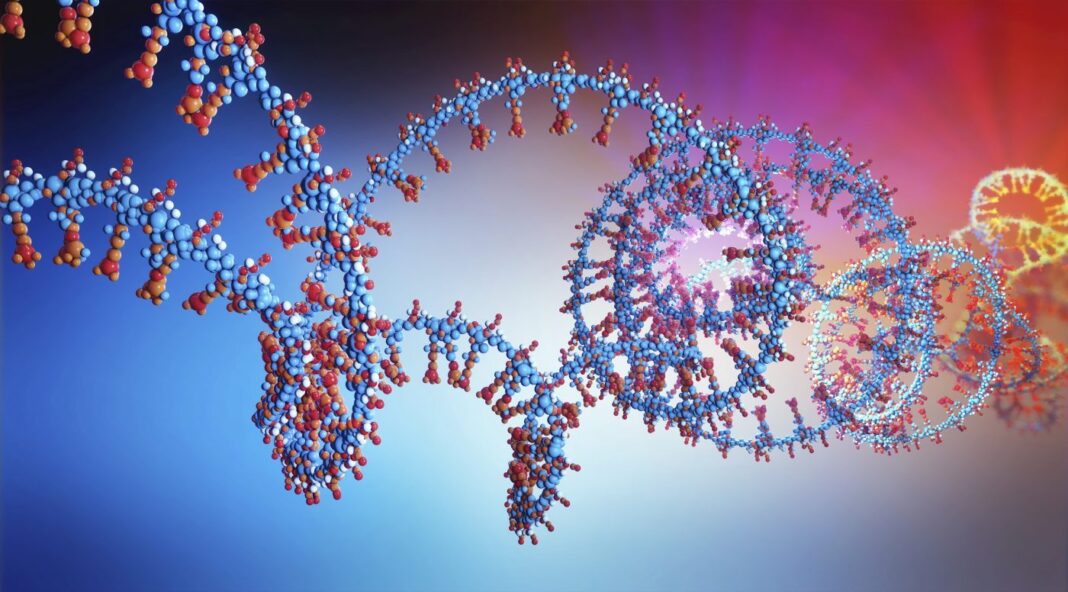From early prenatal development through childhood, the prefrontal cortex of the human brain undergoes a rush of developmental activity. In some cases, it also contains seeds of neuropsychiatric illnesses such as autism spectrum disorder and schizophrenia, according to a new genetic analysis led by researchers at Yale University and the University of California-San Francisco (UCSF).
Previous studies have identified DNA variants linked to neuropsychiatric illnesses, but it has been unclear just when those variations might trigger functional changes in the dorsal lateral prefrontal cortex, a region closely linked to neuropsychiatric, cognitive, and emotional disorders. This new study “Whole-Genome and RNA Sequencing Reveal Variation and Transcriptomic Coordination in the Developing Human Prefrontal Cortex”, published in Cell Reports, added a new dimension to prior research, according to the scientists who also measured the amount of RNA in 176 tissue samples across a variety of developmental stages to determine how and when DNA variants influence brain function.
“Gene expression levels vary across developmental stage, cell type, and region in the brain. Genomic variants also contribute to the variation in expression, and some neuropsychiatric disorder loci may exert their effects through this mechanism. To investigate these relationships, we present BrainVar, a unique resource of paired whole-genome and bulk tissue RNA sequencing from the dorsolateral prefrontal cortex of 176 individuals across prenatal and postnatal development. Here we identify common variants that alter gene expression (expression quantitative trait loci [eQTLs]) constantly across development or predominantly during prenatal or postnatal stages,” write the investigators.
“Both ‘constant’ and ‘temporal-predominant’ eQTLs are enriched for loci associated with neuropsychiatric traits and disorders and colocalize with specific variants. Expression levels of more than 12,000 genes rise or fall in a concerted late-fetal transition, with the transitional genes enriched for cell-type-specific genes and neuropsychiatric risk loci, underscoring the importance of cataloging developmental trajectories in understanding cortical physiology and pathology”
“This is the first large cohort to profile DNA and RNA both in prenatal and postnatal human brain samples, making it an unprecedented resource for understanding how individual genetic differences might lead to functional differences,” said Yale’s Sirisha Pochareddy, PhD, an associate research scientist in neuroscience and co-lead author of the study.
Understanding how genetic variation and changes in function are linked will help scientists understand how alterations of brain development can lead to schizophrenia and autism later in life, noted Pochareddy and her team. Since the research tracked thousands of variants associated with thousands of genes across the entire genome, scientists can identify groups of genes that regulate distinct biological processes and study how they can lead to disease, they said.
“Human brain development is an incredibly complex and dynamic process, and any disruption along the way can have profound consequences on later brain function,” said co-lead author Donna Werling, PhD, formerly of UCSF and now at the University of Wisconsin-Madison. “Interestingly, we found that some genetic variants have stronger effects on RNA expression before birth and other variants with strongest effects after birth.”
Studying these age-specific effects can open more doors for learning about the mechanisms behind brain disorders, according to the team.



